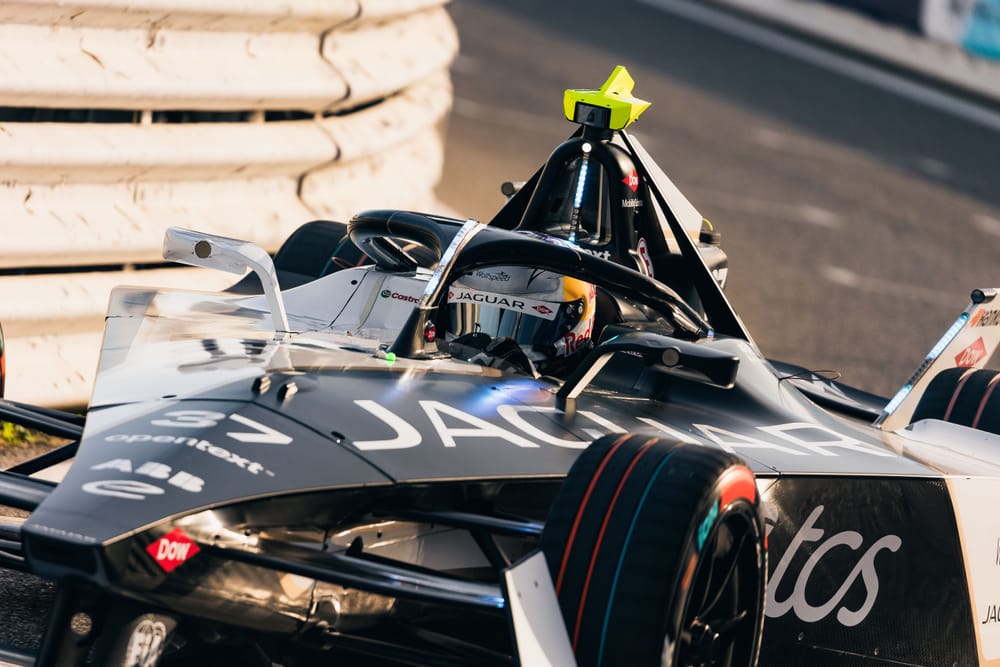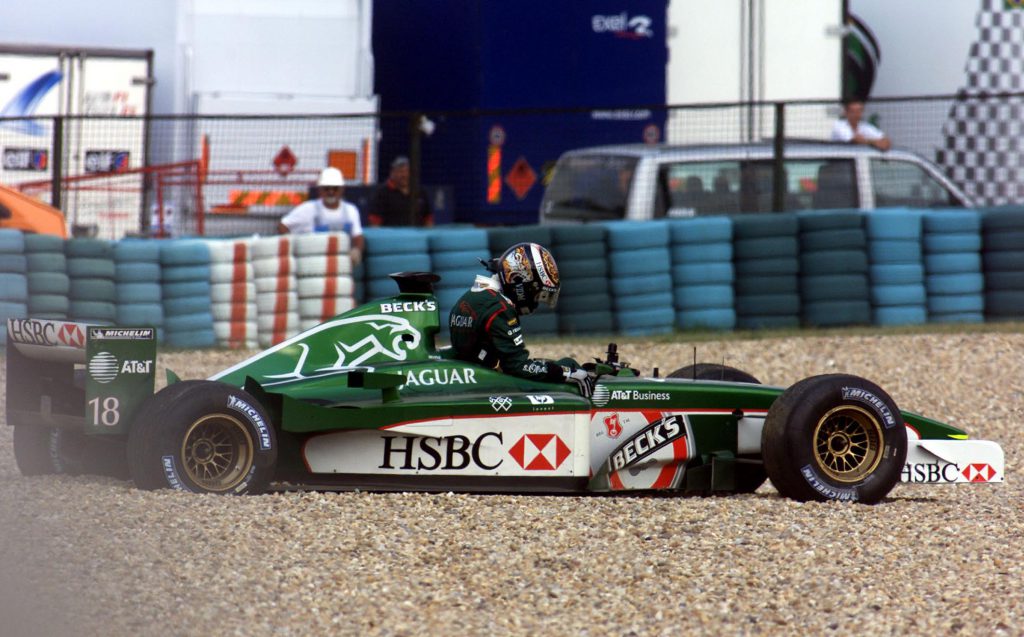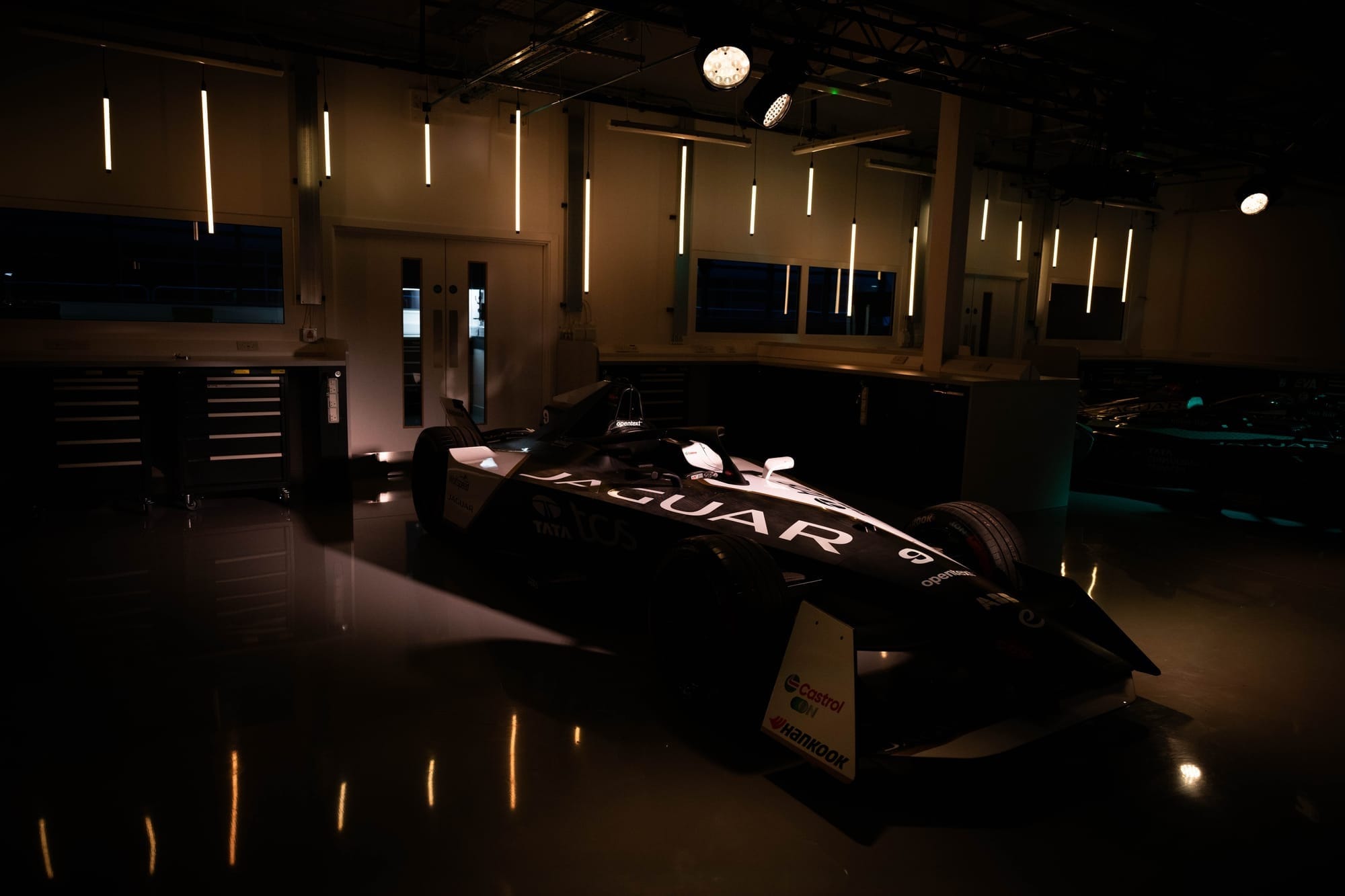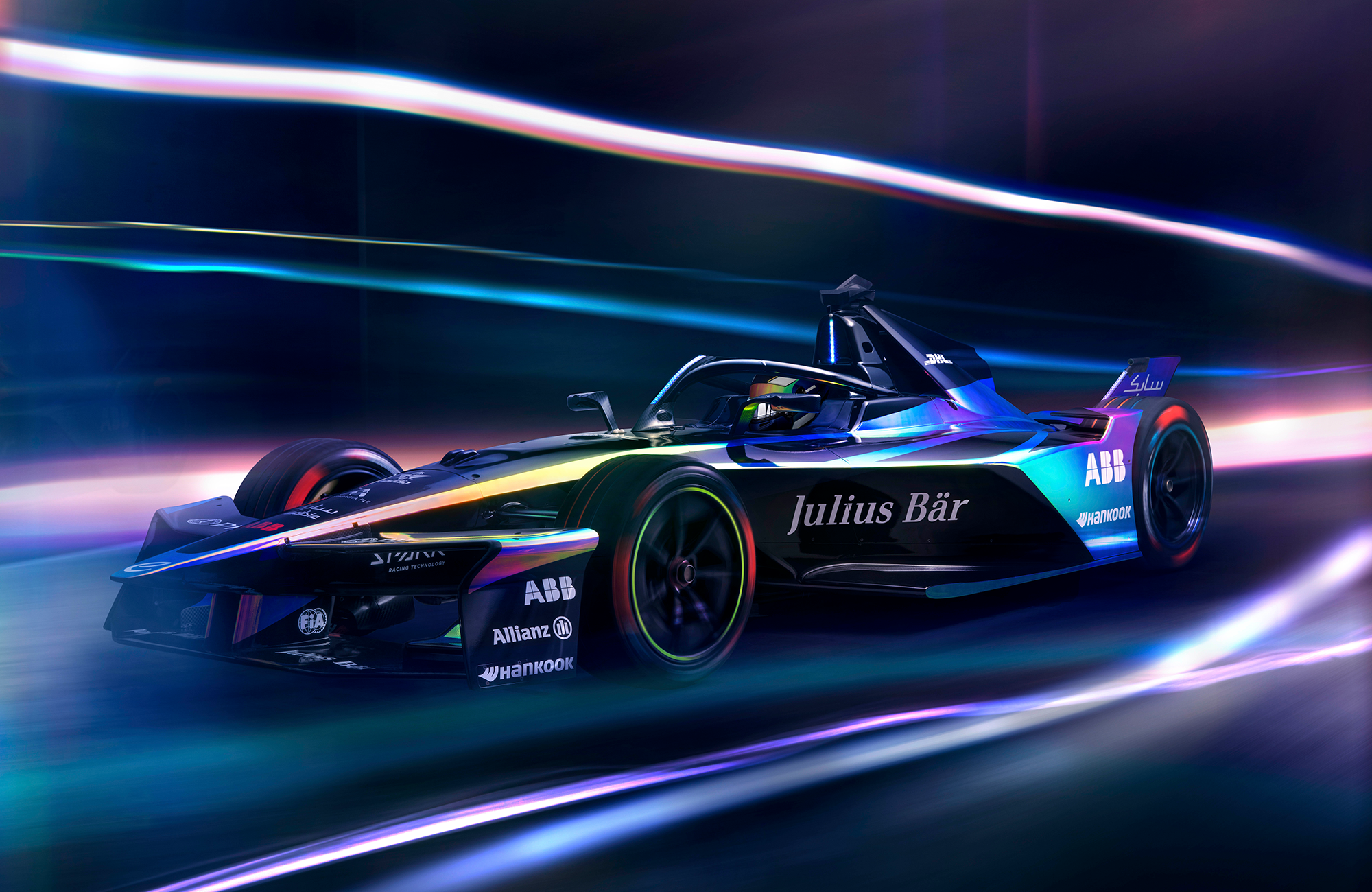Head to the official Jaguar Land Rover global website and on its home page there is a Formula E car, evidencing the ‘race to road philosophy’ that runs deep throughout its corporate, all-electric 'Reimagine' campaign.
This will see six pure-electric models across the Range Rover, Discovery and Defender brands by 2026, starting with the all-electric Range Rover this year. It is this epoch of JLR’s strategy that is underpinning its sporting ambitions with the Formula E programme, which is now in its eighth season and will continue for at least a further four following the announcement that Jaguar has committed to the Gen4 ruleset.
Nine years ago, up in the clouds above London’s famous Shard building, James Barclay and other Jaguar executives gave notice of the Big Cat’s re-emergence from the racing wilderness after its underwhelming, ill-fated and expensive foray into Formula 1 between 2000 and 2004.
The healing was done and now at least a decade-long commitment to all-electric racing came in view.
Jaguar is probably the most visible activator of its marketing messages in Formula E but its success in terms of titles is still elusive, meaning that, along with all the commercial and business reasons for sticking with Formula E, there is also a fundamental desire to win.
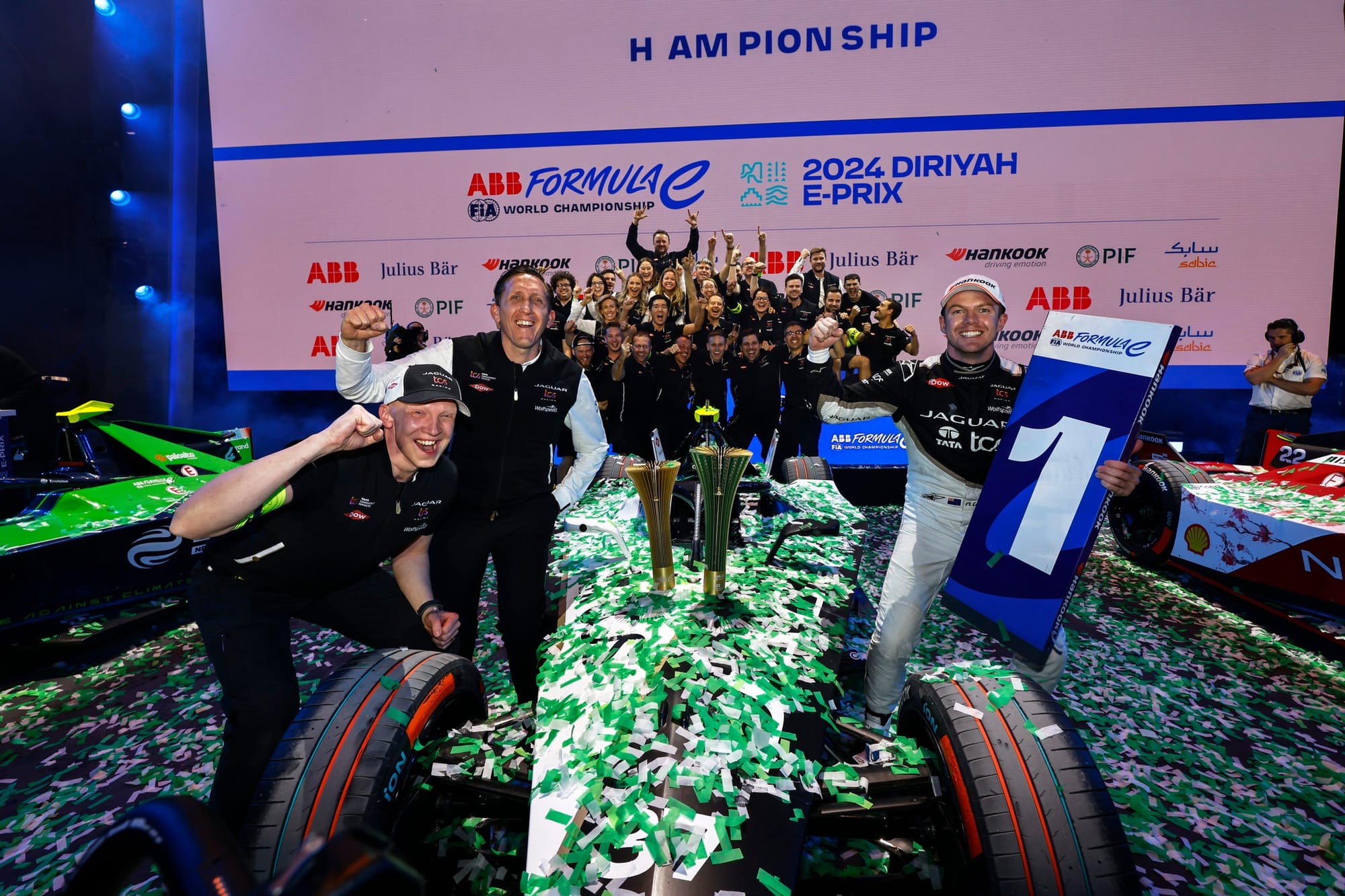
That could happen this season, or next, or even further down the road, but the fact JLR has committed to registering as a manufacturer in Formula E until 2030 evidences not only a need to race at world-championship level, but also to ensure it can gather silverware for the first time since Teo Fabi won the 1991 World Sports Car Championship.
Jaguar has invested hugely in all-electric technology over the last decade.
The list is extensive: An investment of £15billion over five years in its industrial footprint, JLR’s Halewood plant in Merseyside will become an all-electric manufacturing facility, its Engine Manufacturing Centre in Wolverhampton has been renamed the Electric Propulsion Manufacturing Centre, and the Jaguar Formula E squad has plush new facilities in Kidlington, Oxfordshire - the spiritual home of its racing endeavours with TWR in the late 1980s and early 1990s.
Speaking to The Race, team principal James Barclay said that Jaguar had “always insisted that the real reason it does Formula E was about telling the world we were about to make our first EV with the Jaguar I-Pace and finding a capability in motorsport that was a real testbed for the technology as well as being really relevant for us in a sporting context”.
“The last 10 years have been incredibly positive, and Jaguar will take the next step from 2025 to reimagine itself as an all-electric model electric car company,” Barclay added.
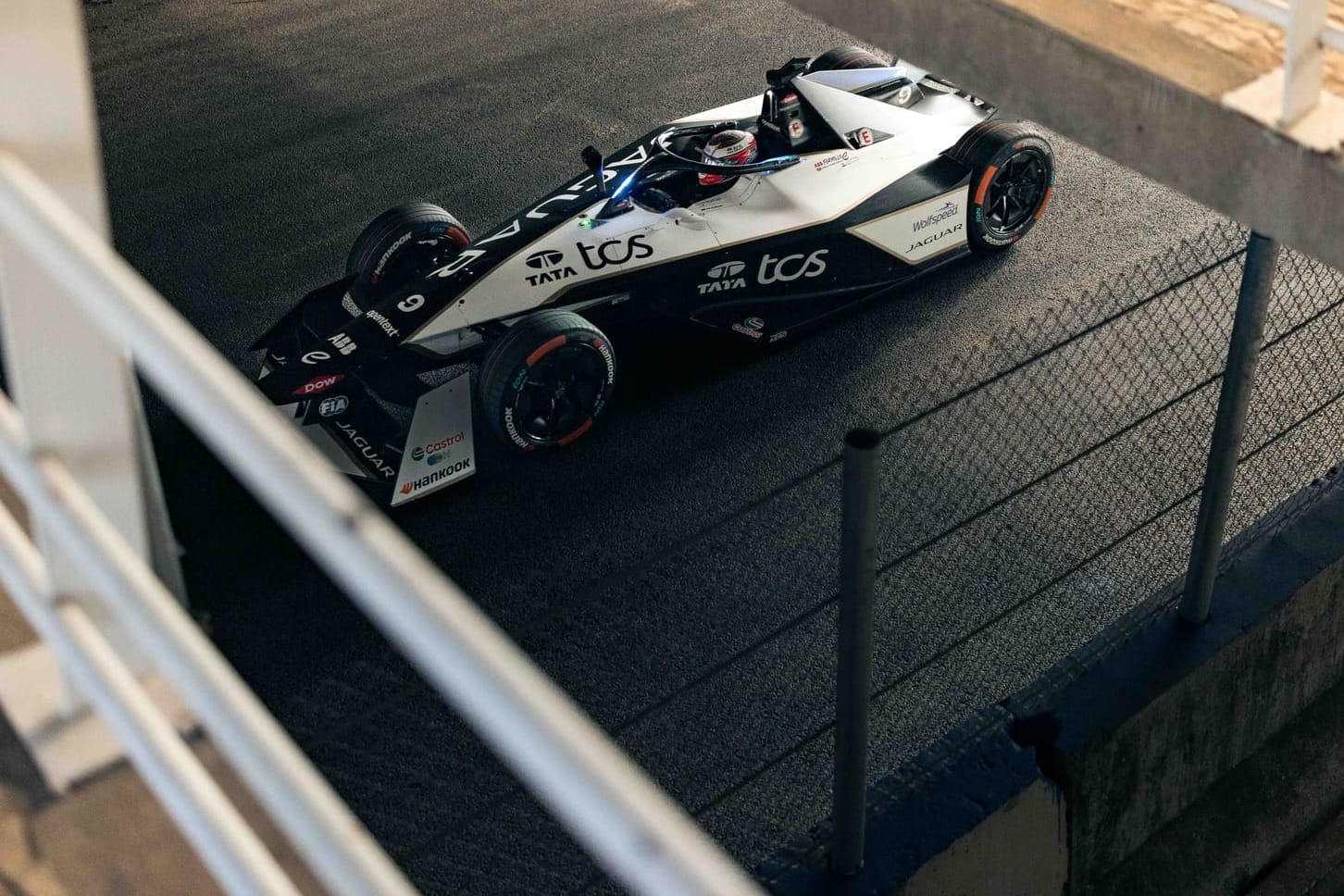
“From our perspective, the time is really well-suited, fits perfectly to this Gen4 era to really continue and further build on the great time we’ve had in Formula E so far.”
Jaguar’s commitment to the Gen4 ruleset, just a month after Nissan made the same move, will be viewed as a major endorsement of the plans which will mark Formula E’s biggest technical step in its decade long history.
With no other all-electric world championship, some may view manufacturers' choices of marketing their wares as limited. But Barclay rationalises it by saying that “if you look at the relevance of Formula E as the pinnacle of electric racing, it’s our F1”.
“As an all-electric car company going forward, to be involved in the pinnacle of electric racing is the perfect fit,” he said. “The last 10 years have been incredibly positive, and I’m really proud of the team from the start until now, being a regular contender in this championship.
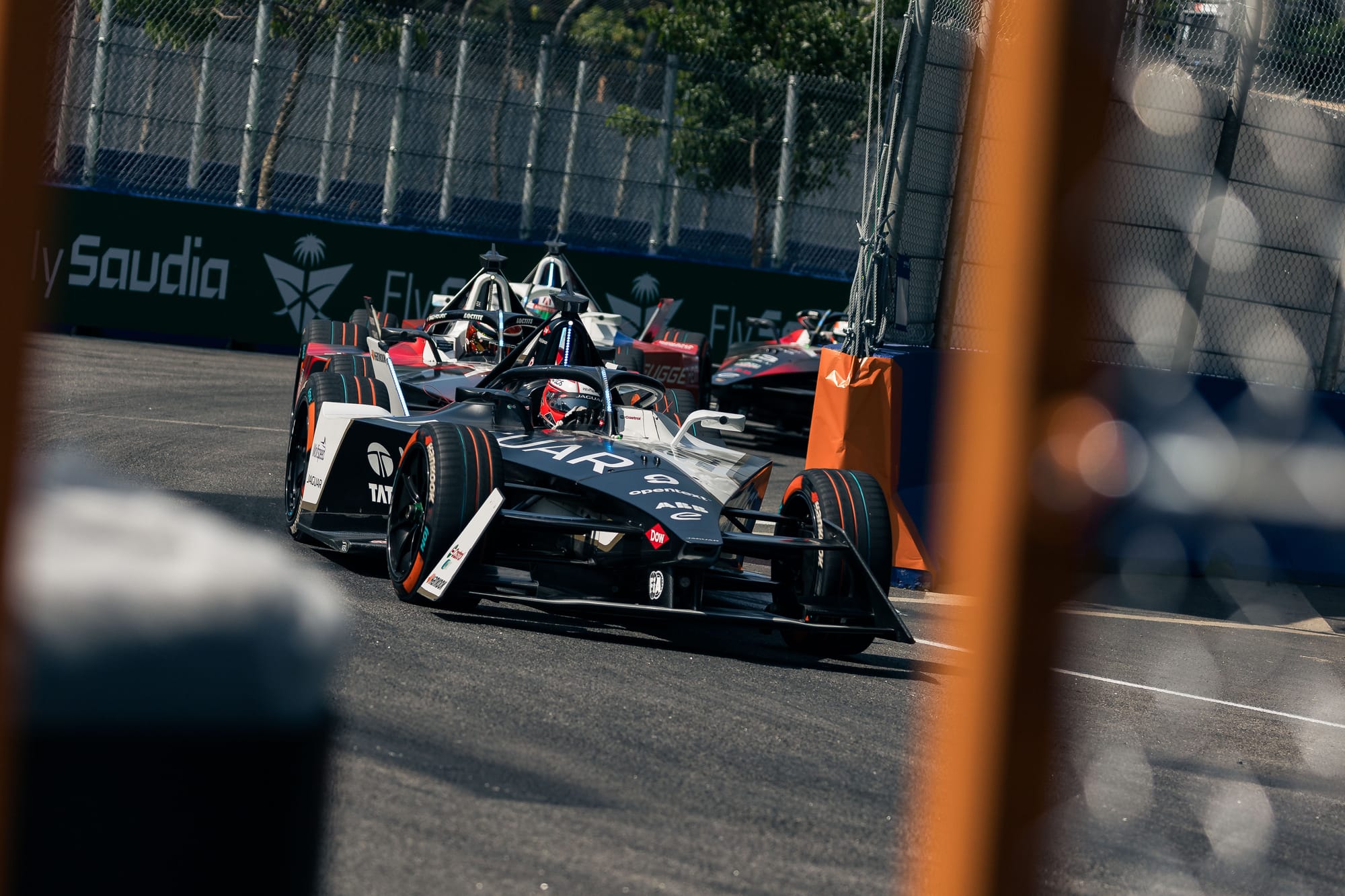
“The sport is still only 10 years old and we’ve been in for eight seasons, but in that 10 years it’s come a long way and I think the core ingredients of Formula E are still incredibly compelling.
“If we looked what the industry is going to go through between now and 2030 and beyond, Formula E is perfectly positioned to fulfil its potential and it has an amazing potential. We’re really proud and pleased to be part of that next era building on the success we’ve seen.
“For us, the alignment with the future of our company and the potential that Formula E has is incredibly compelling.”
Was any persuading needed?
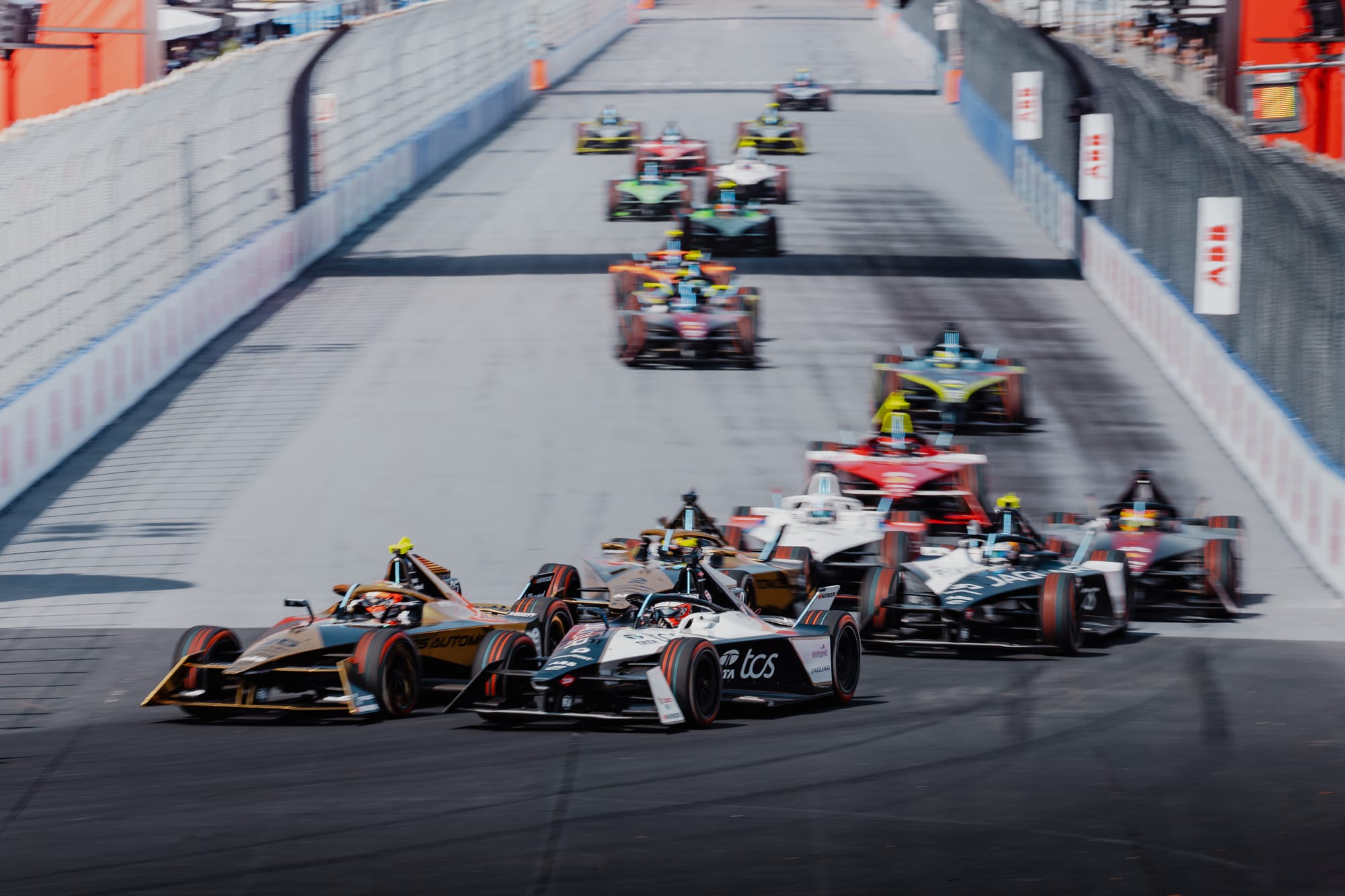
While it is believed that Porsche, Mahindra and Stellantis (DS Automobiles especially) are a much tougher continuity nut for Formula E to crack, Jaguar’s decision to continue in Formula E was generally smooth.
For such investments as four years of international motorsport competition there is always a lengthy processing in weighing up if it is commercially viable and if the return on investment is favourable.
JLR started this process last year and will have had lengthy discussions with the Formula E promoter and the FIA.
The critical aspects of whether its decision making would be positive or otherwise will have come from undertaking and rationalising one word: growth.
“The championship should continue to grow, all the core ingredients are there to have a championship that can have a clear growth plan between now, 2030 and beyond,” said Barclay.
“That’s very much what our focus has been with Formula E, to say: 'What does that growth look like? How are you going to achieve that?' That’s the first point, and then value; growth is one thing but making sure we can continue to increase the value that we get from our involvement in the sport.”
That value is driven by different measures and metrics. Fanbase is one aspect while the question of continued commercialisation via a manufacturer's involvement is another key factor.
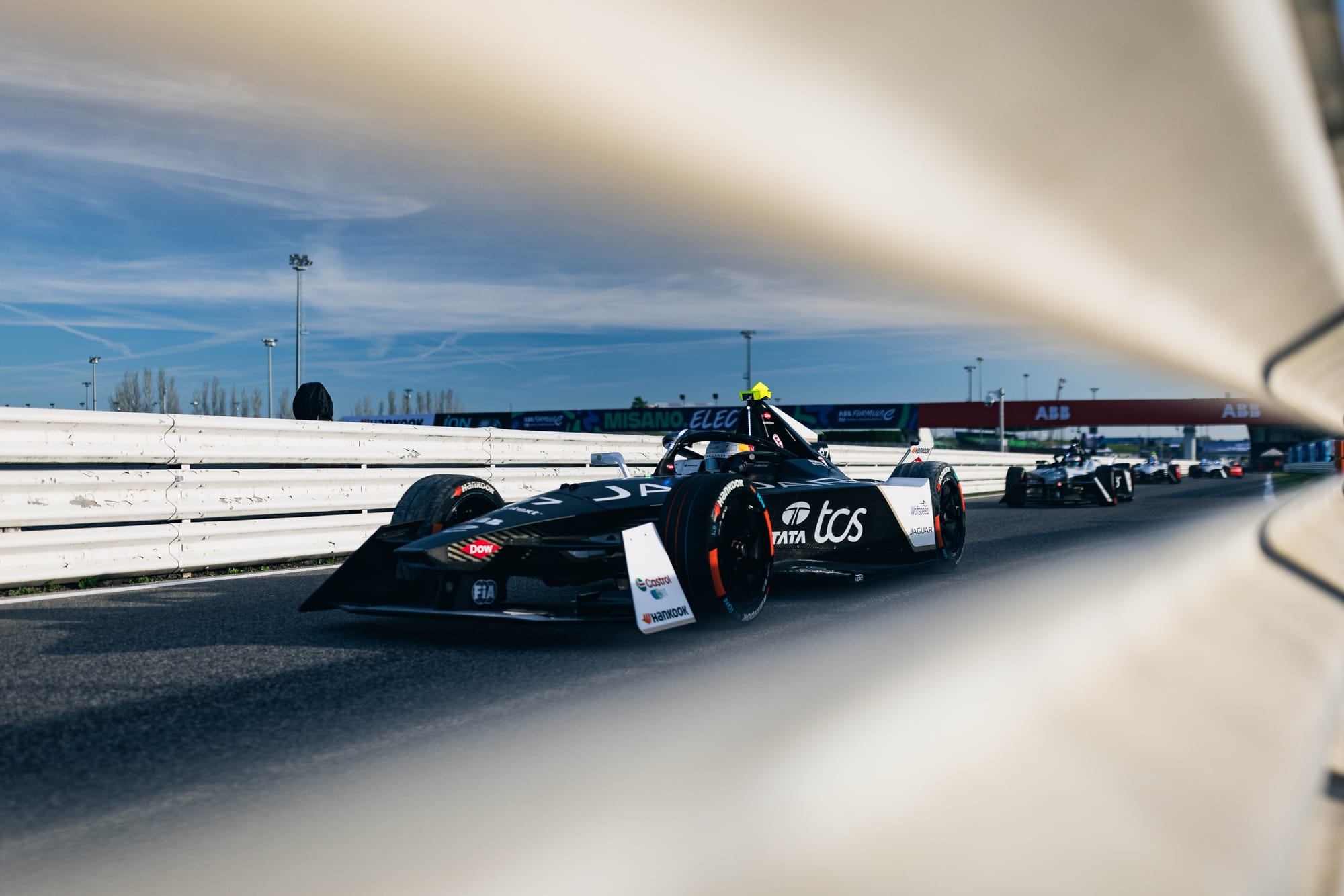
Then there is the technical question of whether the involved manufacturers are getting adequate technology transfer.
“It’s fair to say Formula E and Jeff [Dodds, Formula E CEO], with the FIA too, are committed to growing the championship and to creating a sustainable business model for teams and manufacturers,” said Barclay.
“The ingredients of Formula E are incredibly strong; we just need to ensure we make the most of those. That’s everything from where we race, how we race and how accessible the sport is.
“We think those are still very compelling propositions and, done well, the potential for this sport is super exciting. But there’s a long way to go too because in its 10 years it’s achieved a lot, and like all start-ups there’s ups and downs, that is normal, but we need to continue to grow to make the sport more resilient and just fulfil that potential.”
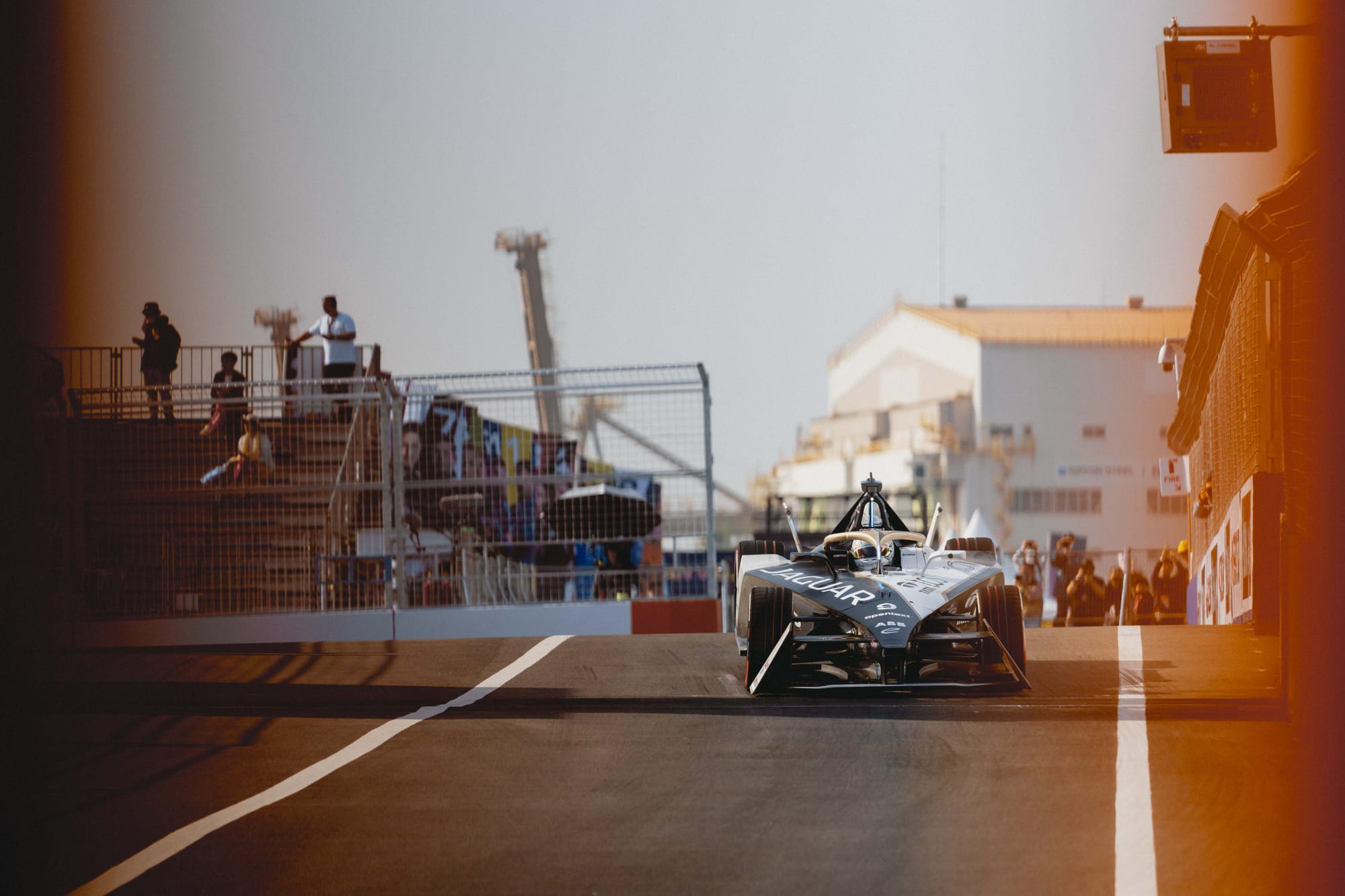
Relatability to what Jaguar Land Rover is doing in the automotive sector is a crux in the decision too, especially when tied up in a narrative, which Barclay and JLR are very adept at. Here's his example: “These cars, for a 45-minute race, you see less than the equivalent of five litres of fuel, it’s phenomenal.
“But how you continue to engineer an advantage that allows you to win on track but actually also is relatable to the road is fascinating.
“Those gains and efficiencies, those improvements in controls from a software perspective, and how you then apply that to a four-wheel drive EV, they’re all really relevant to what we see on future EVs.”
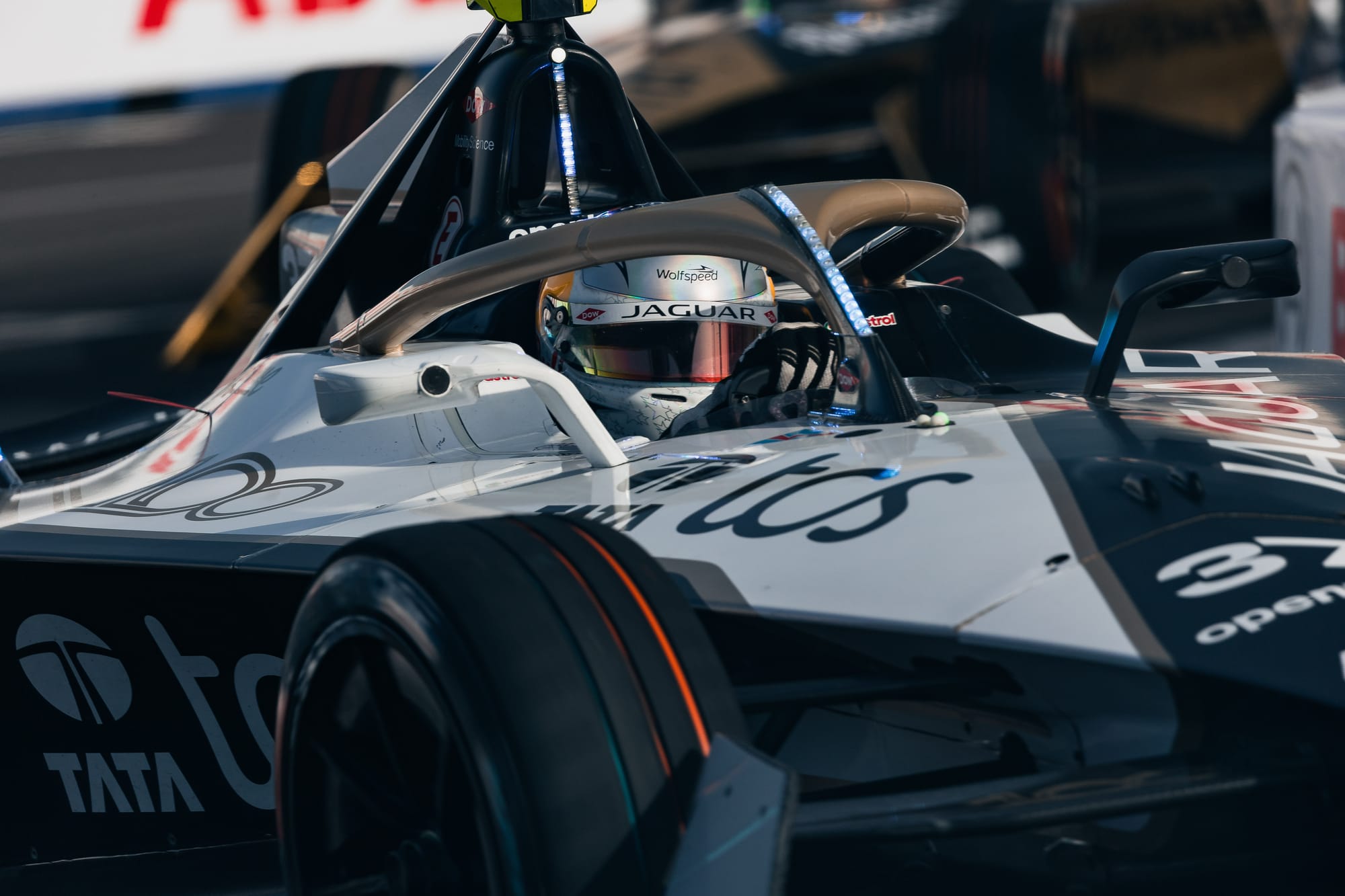
Jaguar sees the benefit of its involvement in Formula E from the sense that it doesn’t want to buy an electric motor off the shelf in a production role.
“We want to be involved in developing that technology to produce the best electric technology in the world,” added Barclay.
“What better place to do that than racing? The phrase racing improves the breed has been used for a long time now, but the reality is it’s true; if you have to beat world-class competitors, you have to know the technology better than anybody else.”


